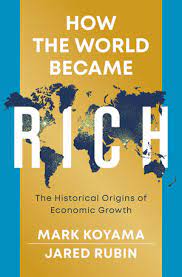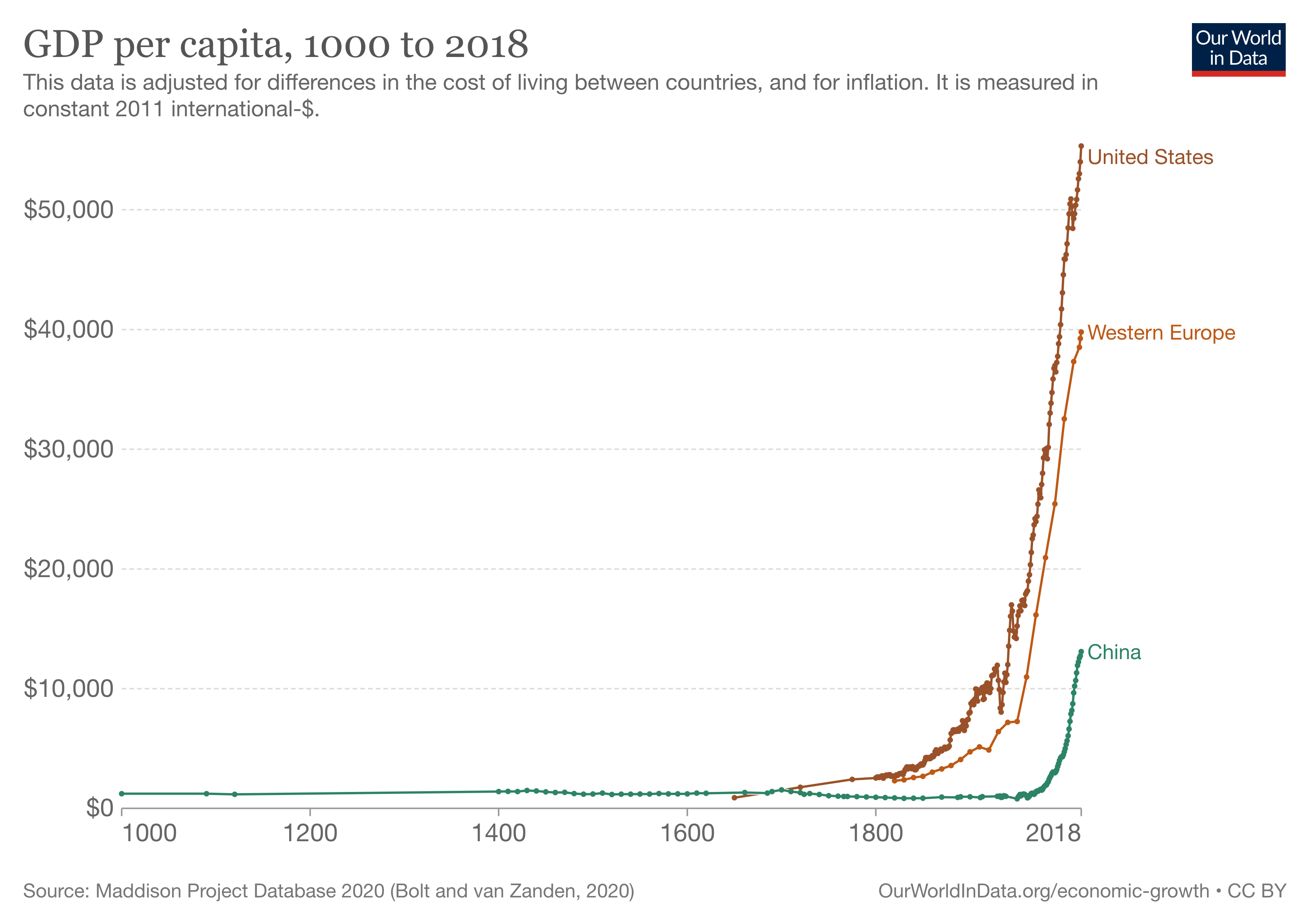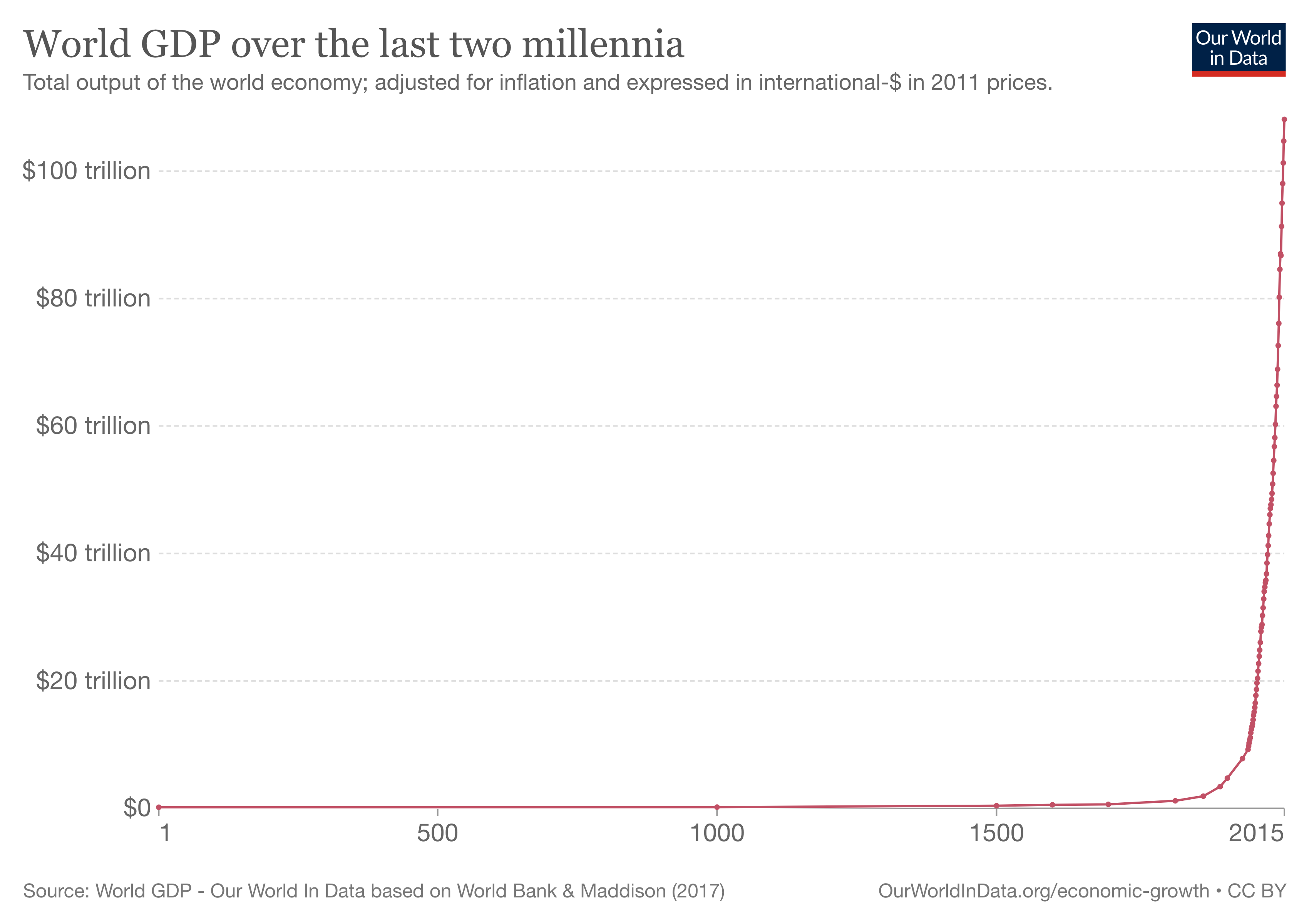 How the World Became Rich: The Historic Origins of Economic Development by Mark Koyama and Jared Rubin
How the World Became Rich: The Historic Origins of Economic Development by Mark Koyama and Jared Rubin
Released in May 2022
The core concerns at the heart of much of the social sciences have to do with inequality. Why are some individuals bad and others abundant? Why are some nations low earnings and others high earnings? When, if ever, will individuals residing in presently low-income nations shift to middle and high earnings? Why did some parts of the world prospered when they did, ahead of everybody else? What identifies if a nation is abundant or bad?
How the World Became Rich disregards the very first concern about specific wealth and hardship, rather taking the nation (or area) as the system of analysis. The book intends to manufacture the significant theories on relative nationwide financial advancement and after that bring these theories into discussion with one another.
In nowadays of doom and gloom (environment modification, disintegration of democracy, increasing financial inequality, and so on), it is excellent to advise ourselves simply how lucky we are to be born when we were. A few of the historic financial information mentioned in How the World Became Rich is from the website Our World In Data, so I believed we ‘d begin there.
The chart listed below programs GDP per capita (in consistent 2011 dollars) from 1000 to 2018 for China, the U.S. and Western Europe.

3 things are instantly obvious:
- GDP per capita was incredibly low and extremely steady for the majority of the centuries from 1000 on.
- The slope of the GDP per capita line is incredibly high, with earnings per individual increasing greatly in Western Europe and the U.S. both in the 19th and 20th centuries and in China late in the 20th.
- While China’s increase from hardship to middle-income status has actually been quick, the nation is still reasonably bad on a per-capita basis compared to the West.
Another method to envision the story of wealth is to take a look at the modification in the overall worth of all products and services, the world GDP, over the previous number of thousand years. The chart listed below starts in year 1 and takes us to 2015. Nearly all the build-up of world wealth has actually taken place in the last 2 a century, with the majority of that modification being available in the previous 50.

So why was it that the world was constantly bad and all of a sudden prospered?
How the World Became Rich passes through the significant theories to address this concern while excluding one.
Theories of differentials in relative nationwide financial advancement consist of location, organizations, culture, demography and colonization. Universities are the one theory ruled out in this otherwise detailed, fair-minded and well balanced synthesis of international financial history.
Why should we think about the advancement of an environment of universities as the cause, instead of the result, of the increase of international wealth?
The favored description of Koyama and Rubin for how the world prospered is organizations. Organizations make it possible for a steady structure for the technological development that drives the performance gains on which financial development depends. When the authors of How the World Became Rich discuss organizations, they speak broadly of the systems of federal government, law, political economy, education and market structures in which financial life is ingrained.
May the concepts of what makes up excellent organizations originate from thinkers based at universities?
Would liberal democracies exist in the lack of organizations of college?
Even if you do not think that concepts drive the world (I do) which the excellent incubator of concepts is universities, you may yield that performance gains need development. An insufficient list of developments that originated from university research study (generally moneyed by federal government dollars) consists of:
- Telescopes
- Radio
- Tv
- Computer Systems
- The web
- Web web browsers
- Setting languages
- Video game
- Spreadsheets
- Hypertext
- LCD screens
- LEDs
- Plasma screens
- Touchscreens
- E-ink
- GPS
- Lithium-ion batteries
- Lasers
- Electron microscopic lense
- Solar energy
- Nuclear power
- Insulin
- Prescription Antibiotics
- Chemotherapy
- Ultrasound
- MRI
- X-ray
- Fluoride tooth paste
The authors of How the World Became Rich make a strong case for the interaction of demographics and culture, location and manifest destiny, in forming the organizations that figure out differential nationwide financial advancement. Any reader thinking about comprehending the factors behind the charts above will acquire huge insight by investing time in reading this book.
At the fictional supper celebration that I’m conjuring with Koyama and Rubin, I ‘d push them on my hypothesis that universities are as much the source as the recipient of nationwide financial development.
What are you checking out?